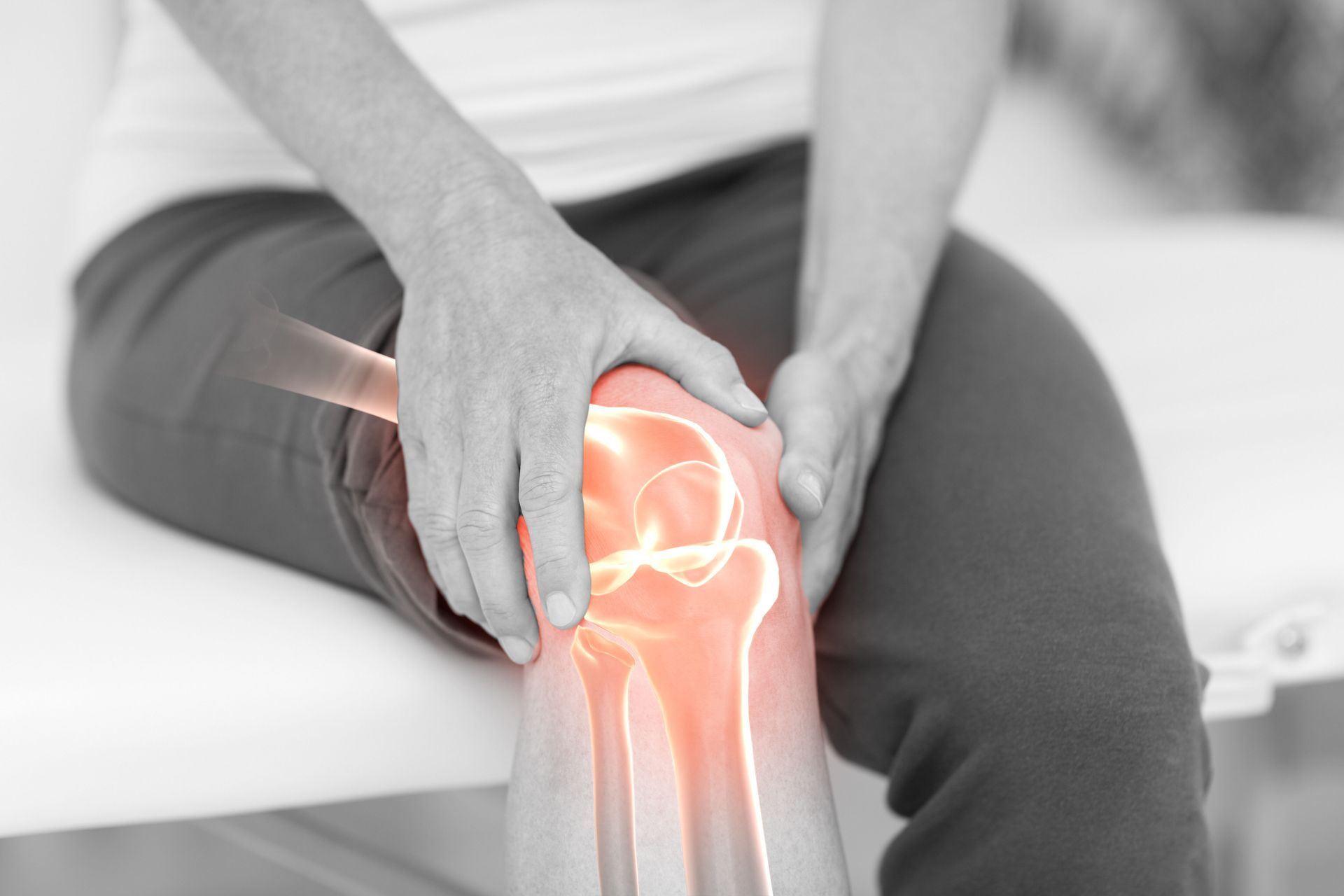In-Home Dry Needling
602-560-1361
Request Appointment
Super Form
Dry Needling Therapy
Dry needling refers to the insertion of thin filiform needles through your skin and into muscle tissue for the purpose of relieving pain and/or tension. It is also sometimes referred to as myofascial trigger point dry needling. Muscles and fascial tissue sometimes develop knotted areas called trigger points. A trigger point is a taut band of skeletal muscle located within a larger muscle group. These trigger points are highly sensitive and can be painful when touched. They are also often the cause of referred pain (or pain that affects another part of the body).
Physical therapists use dry needling to release or inactivate trigger points to relieve pain or improve range of motion. Preliminary research supports that dry needling improves pain control, reduces muscle tension, and normalizes dysfunctions of the motor end plates, the sites at which nerve impulses are transmitted to muscles. This can help speed up the return to an active lifestyle.
Dry needling is not acupuncture, a practice based on traditional Chinese medicine and performed by acupuncturists. The fundamental belief of acupuncture is that illness is the result of blocked or interrupted chi. Chi provides your body with healing energy. Acupuncture seeks to remove these blockages and return your energy flow to a state of balance. Dry needling is a part of modern Western medicine principles and is most often used to treat a specific area, rather than entire sections of your body.
Physical therapists wear gloves or finger cots and appropriate personal protective equipment (PPE) when dry needling. Your therapist will push the thin, sterile, single use, needles through the skin into your tissue. The needles are used to stimulate the tissue, not to inject medication, hence the dry needling. The needles may be placed deeply or superficially, for shorter or longer periods of time, depending on what type of pain is being treated and how long it has lasted. Shorter periods of time would mean that needle would stay in the muscle for seconds, while longer periods could mean 10 to 15 minutes. The sterile needles are disposed of in a medical sharps collector.
A person may experience different sensations when being needled, muscle soreness, aching and a muscle twitch when a needle is inserted is considered to be a good sign. Pain affects how your body moves. It is thought that dry needling changes the way the brain and muscles talk to each other to let the system return to a more normal movement pattern.
Mild side effects are very common with dry needling but serious side effects are rare. The most common side effects include bruising, bleeding temporary muscle soreness.
Dry needling treatment with Onofray Physical Therapy is typically one technique that's part of a larger treatment plan. An overall plan will also include some type of exercise, manual therapy, and education.
If you have any questions about dry needling and if it will work for you, please fill out our contact us form and we will be happy to answer your questions.



